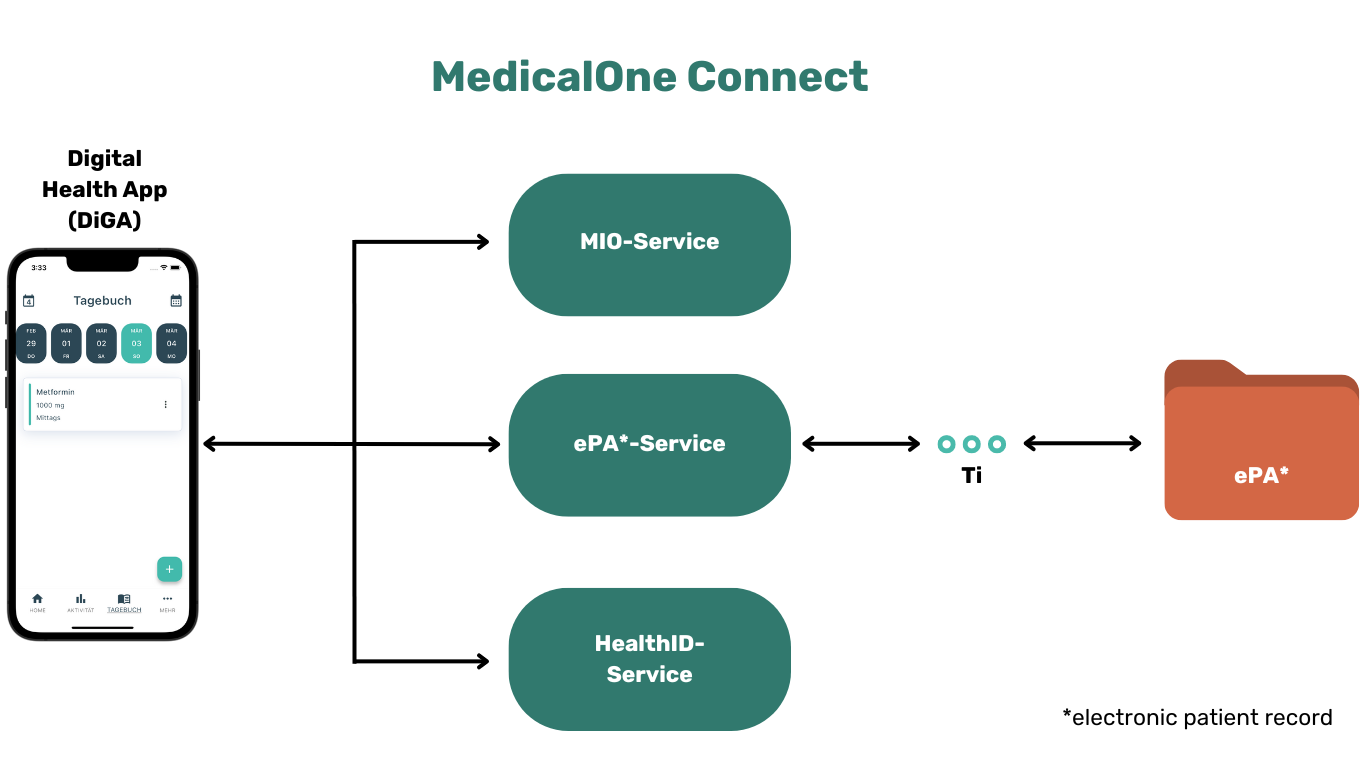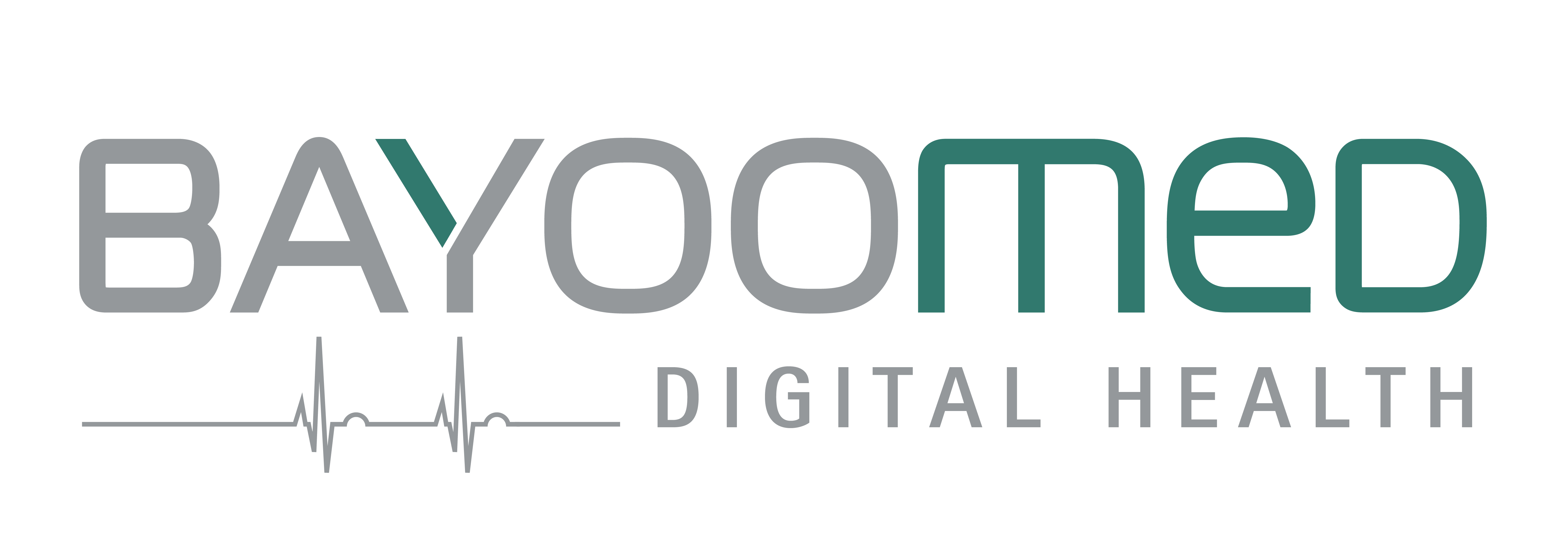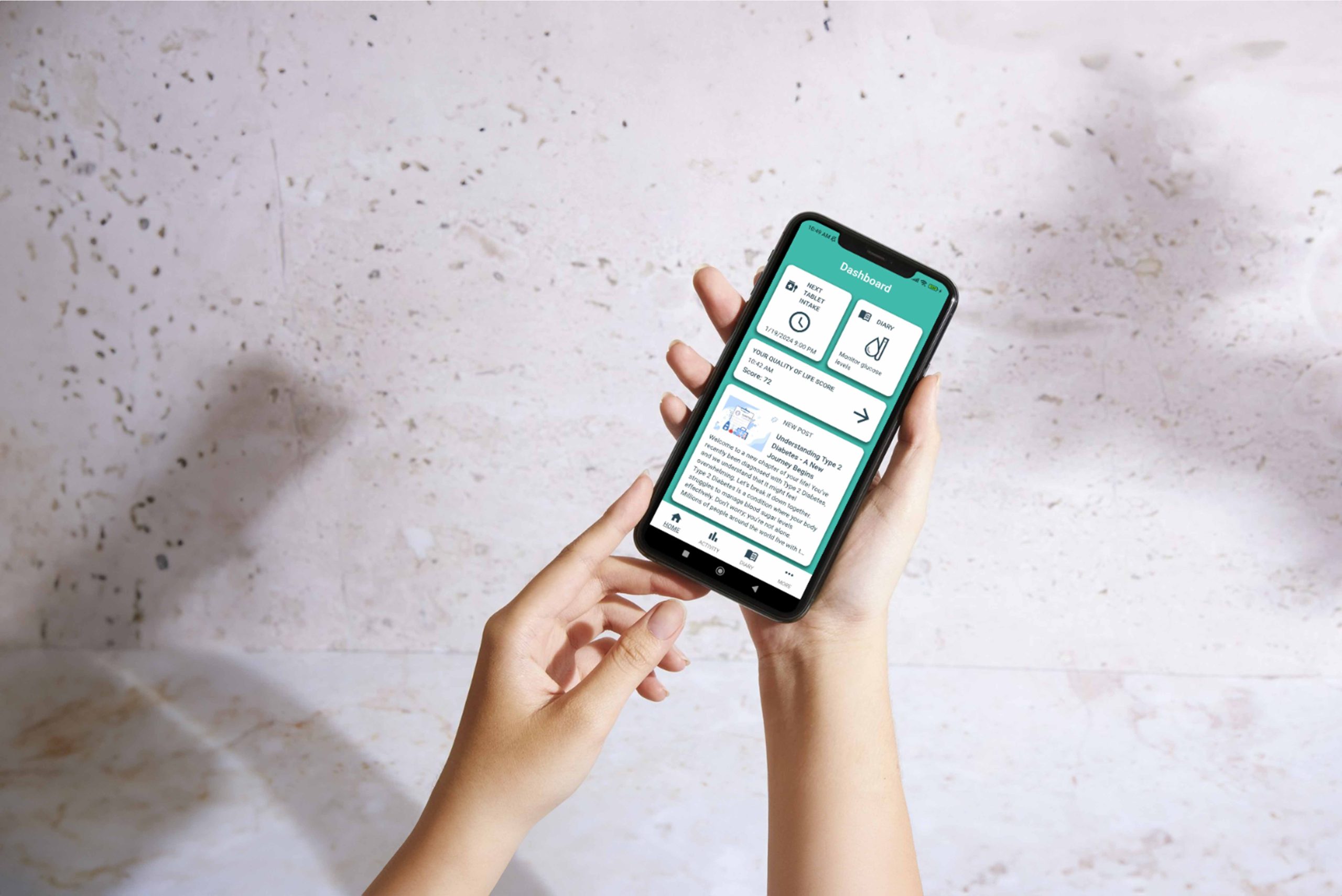Microservice architecture for ePA connection
The integration of digital health applications (DiGA) into the electronic patient record (ePA) places high demands on interoperability, data protection and security.
Since January 1, 2024, Section 6a of the Digital Health Applications Ordinance (DiGAV) also stipulates a mandatory connection to the ePA.
The associated adjustments and enhancements to the DiGA front and back ends and the connection of the DiGA to the telematics infrastructure (TI) are far-reaching:
When implementing these points, all the requirements of Gematik as the leading player must also be taken into account.
With the MedicalOne Connect platform solution, the aim was to create an all-in-one solution by splitting the core functionalities due to the various requirements.
The approach: microservices as an ePA gateway
Microservices generally offer a flexible and scalable solution to meet different and complex requirements.
The MedicalOne Connect platform uses such a microservice architecture to connect DiGA to the ePA and provides the ePA interface, health ID authentication and the creation and validation of the MIO in three core functionalities.
Customers can access the individual services via API interfaces.
Implemented as independent modules, the services can be scaled, adapted and expanded as required in order to respond to any changes in requirements from customers or legislators.
ePA service
The ePA service forms the interface to the telematics infrastructure.
The service is used to send MIOs (medical information objects) to the ePA, where they can be created as new documents or overwrite existing documents.
Metadata is assigned to each MIO.
They are essential for a successful export and must correspond to the purpose of the DiGA and be consistent and valid.
The DiGA can transfer documents and metadata to the ePA service via an API interface.
This validates the sent metadata according to Gematik requirements.
This filters out incorrect metadata constellations and prevents potential validation errors in the telematics infrastructure.
The ePA service thus reduces the complexity for the DiGA manufacturer.
MIO service
The MIO service is responsible for creating medical information objects in accordance with the FHIR standard.
In order to bundle all patient and survey data in one MIO, several sub-MIOs must be created and validated in advance.
The sub-MIOs are enriched by DiGA via an API interface.
All sub-MIOs are then bundled into one MIO, finally validated and returned to DiGA.
Health ID service
With the GesundheitsID as the future standard authentication procedure in the digital healthcare system, DiGAs must implement this procedure to enable their users to export to the ePA.
The GesundheitsID service provides a Gematik-certified service to which the DiGA can authenticate itself.

Microservice architecture: the all-in-one solution
As an ePA gateway, MedicalOne Connect offers a modular and scalable solution for implementing DiGAV and Gematik requirements and connecting the DiGA to the telematics infrastructure.
The microservice architecture enables flexible adaptation to future legal and technical changes.
The API interfaces are designed to be as user-friendly as possible for the DiGA manufacturer without losing transparency.
In addition to the acceptance of the new implementation for DiGA manufacturers, the certified MedicalOne Connect Services are intended to filter extensive requirements for the DiGA and enable seamless export to the ePA.

